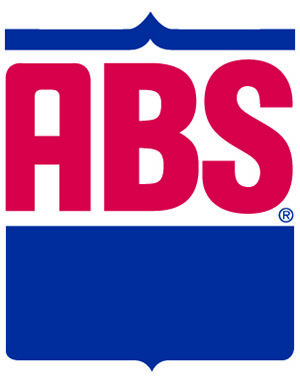With three rambunctious boys, I’m thanking my lucky stars (and knocking on wood) that we’ve had relatively few serious illnesses or injuries. It was just a few weeks ago when Cooper burned his little toes and I found myself wondering if this was the accident that finally sent us to urgent care.
After we had done basic first aid, and couldn’t comfort him, I called his pediatrician’s office to describe the blisters that had now formed.
“Is that him in the background?” the nurse asked.
“Yes, he’s pretty upset,” I replied.
“How fast can you get here? I’ll get you scheduled with the doctor,” she instructed.
How do you know what to do in the case of accidents or illness that fall in that vast gray area of “no big deal” and “call an ambulance right away”? Here are a few guidelines to help you decide what the best course of action is if your little farmer gets sick or injured this summer:
1. Call the doctor.
Our clinic has a 24-hour help line. It’s been invaluable as a sleep-deprived new mom who can’t find the baby Tylenol dosage or for the middle of the night fever spike. Especially being 45 minutes away, we’ve saved a lot of miles by just calling ahead.
2. Remember ABCD.
The American Academy of Pediatrics describes these situations as needing emergency care:
- Airway: If a child is choking or otherwise not breathing, try to clear the airway and administer CPR if needed while someone else calls 911. If no one is available, help your child before calling.
- Breathing: If your child’s chest is sucking in and belly is moving, or his breathing is noisy and high-pitched, or if he is rapidly wheezing or grunting, it means he is struggling to breathe, and it may indicate a respiratory infection or asthma attack. If an infant is taking more than 60 breaths per minute, a toddler is taking more than 40 breaths per minute, or an older child is taking more than 30 breaths per minute, get emergency aid right away.
- Circulation: A child who has a sticky mouth, tearless crying, sunken eyes with dark circles underneath, or who is listless, pale or has clammy skin and decreased urination is dehydrated, or has lost too much blood because of an injury.
- Disability: Children who are unconscious or having a seizure (going limp or stiffening and jerking) need immediate medical attention.
3. Be careful of head injuries.
A child with a concussion (significant crankiness, vomiting, slurred speech, altered walking patterns) needs to seek care immediately, as does a child under 2 who falls more than 3 feet or a child over 2 who falls more than 5 feet. Two black eyes after a head injury, nosebleed with a black eye, changes in vision or bleeding in the white of the eye are also indications of serious head or eye injuries.
4. Watch out for fractures.
Immediate swelling at the injury site, deformity or reluctance to use that body part are all signs of a fracture. Also watch for the five Ps, as outlined by the Children’s Hospital of Los Angeles: pain, pallor, pulse (weak or undetectable), paresthesia (numb or tingling) and paralysis.
And remember, when in doubt, head in. It’s never a bad thing to get a concern checked out. As for little Cooper? Some cream and a few days with a wrapped foot and he was good as new! ![]()
PHOTO: An unnamed stomach virus was responsible for several urgent care visits when Tucker was 3 years old. He had been vomiting and refusing all food and water for over a week when he was hospitalized for dehydration. After a night of IV fluids, he was on the mend. Photo by Heather Moore.




